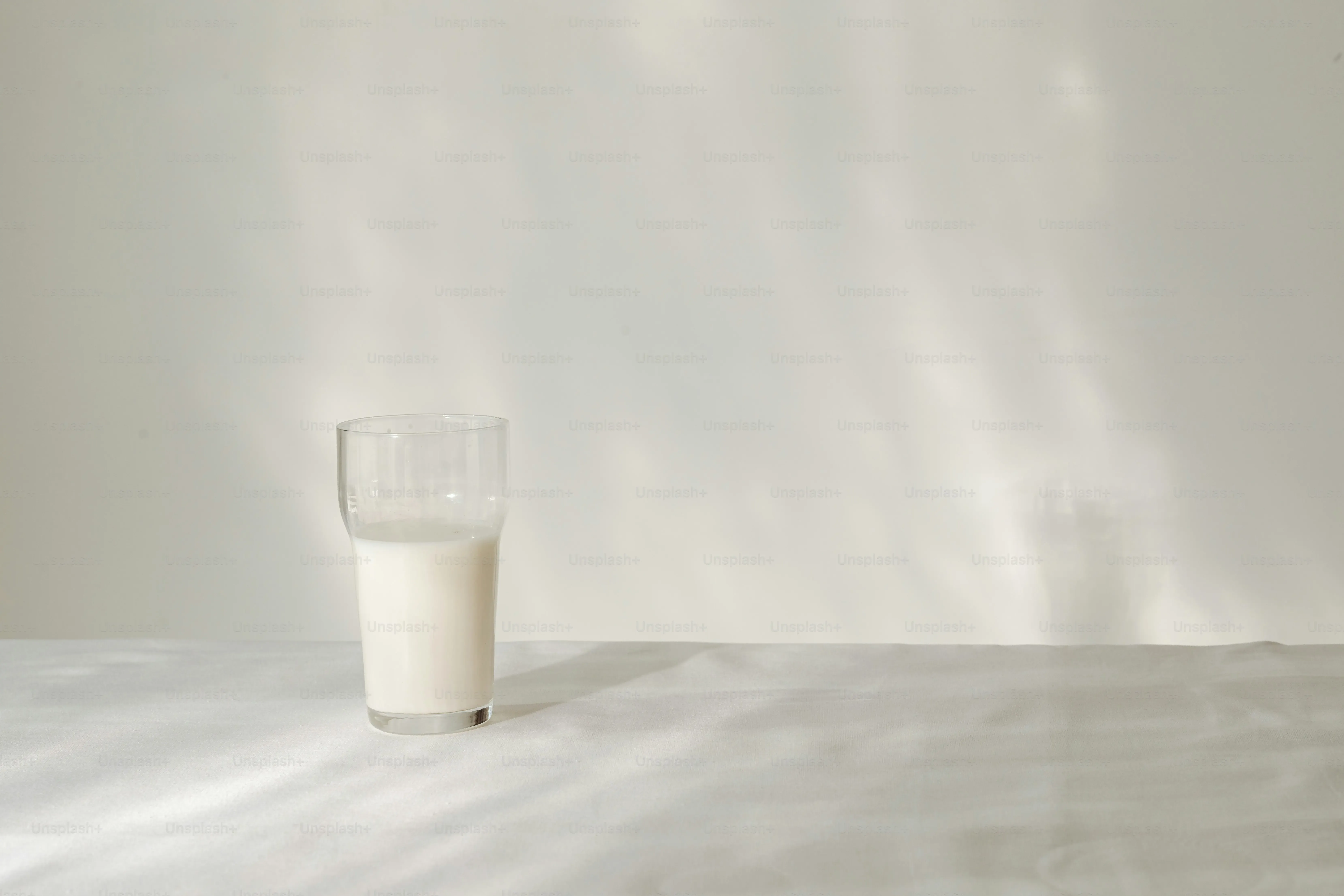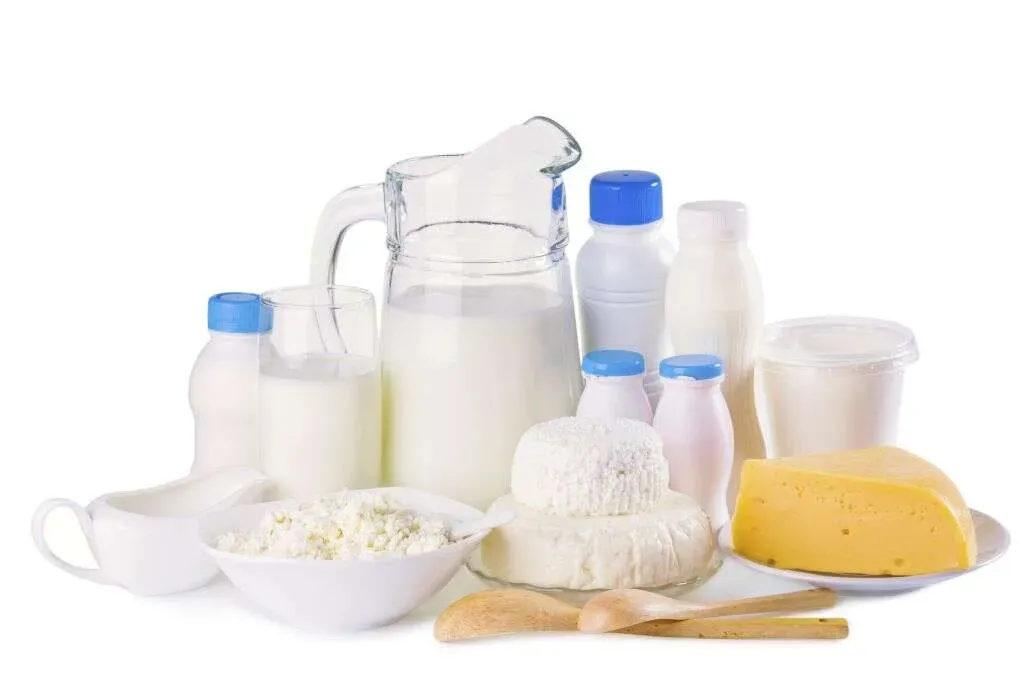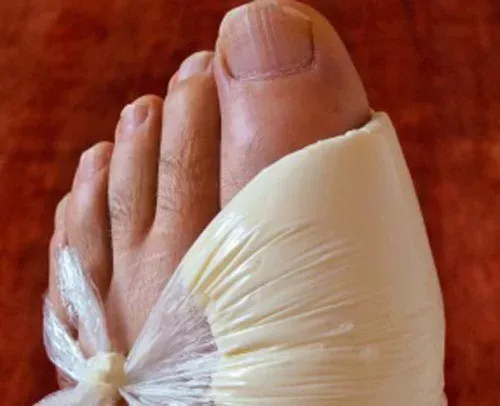Table of Contents
Gout attacks hit hard and fast. That searing pain, often waking you up at night, leaves you desperate for answers and relief. If you're dealing with gout, you've probably heard that what you eat and drink matters a lot. It's easy to feel confused about which foods are safe and which could trigger another painful flare-up. One common question that pops up is about dairy. Does milk make gout worse? Or is there something to the idea that certain types might actually be beneficial? We're going to cut through the confusion and look specifically at **low fat milk and gout**. Contrary to older advice, studies now suggest that low-fat dairy products, including milk, might actually help lower your risk of high uric acid levels, the root cause of gout. This article will explore the surprising link between low-fat milk and gout, how it might work in your body, which dairy choices are smart ones, and offer other straightforward diet advice to help you navigate living with gout and reduce those unwelcome visits from the 'gout monster'. Let's get into the practical steps you can take with your diet.
The Link Between Low Fat Milk and Gout
Challenging Old Ideas About Dairy and Gout
For years, folks dealing with gout were often told to steer clear of dairy, much like they were warned about rich meats or too much alcohol. The thinking was that protein equaled purines, and purines meant higher uric acid. But science has a funny way of flipping things around. Turns out, the relationship between **low fat milk and gout** isn't what many people assumed. Instead of being a trigger, low-fat dairy seems to play a different role entirely. It's less about avoiding it and more about understanding how specific types interact with your body's uric acid levels.
How Low Fat Dairy Influences Uric Acid
So, what's the deal? Why might dairy, specifically the low-fat kind, be helpful? It comes down to the proteins found in milk – casein and whey. These aren't like the purine-rich proteins in, say, organ meats. Research suggests that these dairy proteins actually help your kidneys get rid of uric acid more effectively. Think of it like giving your body a gentle nudge to clear out the excess stuff that can crystallize in your joints and cause that excruciating gout pain. This is a key piece of the puzzle when looking at **low fat milk and gout** management.
- Dairy Types and Gout Risk:
- Low-fat milk: Linked to lower uric acid levels.
- Skim milk: Often recommended due to low fat content.
- Low-fat yogurt: Contains beneficial proteins and probiotics.
- Full-fat dairy: May not offer the same benefits and could be higher in saturated fat.
- Cheese (low-fat): Can be included in moderation.
Evidence Supporting Low Fat Milk for Gout
It's not just a hunch; studies have looked into this. Large dietary studies have shown that people who consume low-fat dairy products tend to have a lower risk of developing gout. For those already living with it, incorporating low-fat milk and other similar products appears to be associated with fewer gout flares. This isn't a magic bullet, of course, but it adds a valuable tool to the dietary approach for managing this condition. The evidence points towards a protective effect, making **low fat milk and gout** a topic worth discussing with your doctor or a dietitian.
How Dairy May Help Reduce Gout Symptoms

How Dairy May Help Reduce Gout Symptoms
The Protein Power Play Against Uric Acid
Alright, so we know low-fat dairy might not be the enemy previously thought. But how exactly does it potentially help reduce gout symptoms? It boils down to those specific proteins we touched on: casein and whey. When you consume these proteins, your body processes them differently than it does purines. Instead of breaking down into uric acid, research points to these proteins actually helping your kidneys work better at flushing uric acid out. It's like they give your body's natural waste disposal system a little boost, reducing the buildup that leads to those nasty crystals forming in your joints. This is a significant piece of the puzzle in understanding **How Dairy May Help Reduce Gout Symptoms**.
Observed Effects on Gout Flares
Beyond the theoretical mechanism, what do we see in practice? Studies tracking dietary habits and gout incidence or flare frequency have provided compelling data. People who regularly include low-fat dairy in their diet tend to experience fewer gout attacks. It's not a guaranteed cure, obviously, but the consistent observation across different studies suggests a protective effect. Think of it as one more tool in your arsenal against gout, sitting right there in the dairy aisle. This evidence strengthens the argument for considering **How Dairy May Help Reduce Gout Symptoms** through dietary choices.
- Potential Benefits of Low-Fat Dairy for Gout:
- May help lower serum uric acid levels.
- Could increase uric acid excretion by the kidneys.
- Associated with a lower risk of developing gout.
- Linked to fewer gout flares in some individuals.
- Provides essential nutrients like calcium and Vitamin D.
More Than Just Protein: Other Dairy Components
It's not just the casein and whey doing the heavy lifting. Dairy products also contain other nutrients that might play a supportive role. Calcium and Vitamin D, for instance, are important for overall health, and while their direct impact on uric acid isn't as clear-cut as the proteins, they contribute to a healthy diet that can help manage inflammatory conditions like gout. Including low-fat dairy is a way to get these nutrients without the higher saturated fat content found in full-fat versions, which might not be as beneficial for overall metabolic health, another factor sometimes linked to gout risk. So, the benefit of **How Dairy May Help Reduce Gout Symptoms** might be a combined effect.
Choosing the Right Dairy: Focusing on Low Fat Milk and Gout

Choosing the Right Dairy: Focusing on Low Fat Milk and Gout
Why Fat Content Matters for Gout
so we've established that low-fat dairy, particularly low fat milk and gout, seems to be on the 'good' list, or at least not the 'bad' list we once thought. But why the emphasis on *low fat*? It's not just about cutting calories, though that can be helpful for overall health. While the casein and whey proteins are the key players in uric acid excretion, full-fat dairy comes with a higher load of saturated fat. The connection between saturated fat intake and gout flares isn't as direct as purines, but metabolic health plays a role in gout risk. Many people with gout also have other conditions like obesity, high cholesterol, or insulin resistance. Swapping full-fat dairy for low-fat versions aligns better with general dietary recommendations for managing these related health issues, without sacrificing the potential uric acid benefits the proteins offer. So, when you're standing in the dairy aisle, reaching for the skim or 1% is the move when you're thinking about managing gout.
Beyond Dairy: Diet Tips for Managing Gout

Beyond Dairy: Diet Tips for Managing Gout
Foods to Limit When Gout is a Concern
so low-fat milk is potentially your friend. Great. But let's be real, diet and gout is way more than just dairy. The big hitters you absolutely need to watch are high-purine foods. We're talking about the usual suspects: organ meats like liver and kidneys (sorry, offal fans), and certain types of seafood such as anchovies, sardines, mussels, and scallops. Red meat and poultry also contain purines, so moderation is key there. It's not about eliminating them entirely for most people, but definitely cutting back, especially during a flare or if your uric acid levels are consistently high. Sugary drinks, particularly those with high fructose corn syrup, are also surprisingly bad news; they're linked to increased uric acid production and should be avoided.
Foods and Drinks That Can Help
On the flip side, plenty of foods are perfectly fine, and some might even offer a helping hand. Complex carbohydrates like whole grains, fruits (cherries get a lot of buzz, and there's some research behind it, though don't expect miracles), and vegetables are generally low in purines and contribute to overall health. Water is your absolute best friend – staying well-hydrated helps your kidneys flush out uric acid. Coffee, surprisingly, has been linked in some studies to a lower risk of gout, though the mechanism isn't fully understood. And yes, as we've discussed, low-fat dairy products, like that low fat milk and gout combination we've been talking about, fit nicely into this beneficial category.
Foods to Limit (High Purines) | Foods to Favor (Lower Purines) |
|---|---|
Organ meats (liver, kidney) | Low-fat dairy (milk, yogurt) |
Certain seafood (anchovies, sardines) | Fruits (especially cherries) |
Red meat (limit portions) | Vegetables (most types) |
Sugary drinks (especially with HFCS) | Whole grains |
Living with Gout: Diet and Lifestyle Changes

Living with Gout: Diet and Lifestyle Changes
Beyond the Plate: Hydration and Eating Patterns
so we've talked specifics like low fat milk and gout, and which foods to limit. But living with gout isn't just about avoiding triggers; it's also about building habits that support lower uric acid levels over time. Think about your hydration – seriously, drink more water. Water helps your kidneys do their job, which includes flushing out excess uric acid. Skipping sugary drinks is a big win here, but plain old water is your daily essential. Also, consider *how* you eat. Crash diets or fasting can actually spike uric acid, which is the last thing you want. Aim for regular meals, sensible portions, and don't go overboard on protein in one sitting, even if it's from sources like chicken or fish that are lower in purines than red meat.
Weight, Movement, and Managing Stress
Diet is huge, no doubt, but it's not the whole story for living with gout. If you're carrying extra weight, even a modest weight loss can make a real difference in lowering uric acid levels and reducing pressure on your joints. This isn't about hitting some arbitrary number on a scale overnight; it's about sustainable changes. Regular physical activity is also beneficial, helping with weight management and overall metabolic health, though you need to be smart about it during a flare-up – rest that joint! Stress doesn't directly cause gout, but it can contribute to overall inflammation and might indirectly play a role in flares for some people. Finding ways to manage stress, whether it's through gentle exercise, meditation, or hobbies, is just another layer of self-care that fits into the picture of living well with this condition.
So, are you consistently drinking enough water throughout the day, or are you waiting until you're parched?
Wrapping Up: Diet and Your Gout
So, we've looked at the connection between low fat milk and gout, and the evidence suggests that including low-fat dairy in your diet can be a useful strategy. The proteins found in these products appear to help your body get rid of excess uric acid, which is exactly what you need when managing gout. It's not a miracle cure, but it's a dietary tweak backed by research. Remember that managing gout involves more than just adding low-fat milk; it's also about limiting high-purine foods like organ meats and sugary drinks, and focusing on an overall healthy eating pattern like the DASH or Mediterranean diet. Making these informed food choices, alongside medical advice, gives you practical tools to potentially reduce the frequency and severity of those unwelcome gout flares.
